Photographer Monique Jaques depicts what it’s like to grow up as a girl in the Gaza Strip through her new series.
When war broke out between Palestine and Israel 2012, journalists came from all over the world to cover the conflict. Monique Jaques, an American photographer based in Istanbul at the time, arrived in Gaza as Israel dropped bombs that caused the deaths of 167 Palestinians and destroyed much of the strip’s infrastructure. But she wanted her work to show Gaza as more than simply the center of the Israeli-Palestinian conflict. After befriending her translator—a divorced Palestinian woman—she was inspired to tell stories of life in Gaza by documenting the lives of women, a demographic often overlooked by her mostly male colleagues.
Over five years, Jaques worked to fill in the gaps missing from the Western media’s views of Gaza, by depicting scenes of girlhood. Recently published as a book by FotoEvidence, Jaques’ project documents relatable moments, such as graduating from college and collecting thoughts in a diary to remind the world that even in Gaza, there is “joy woven into everyday moments.”
Jaques told Roads & Kingdoms’ Emily Marinoff about life in Gaza after the bombs stop falling and how her work has empowered women there to tell their stories.
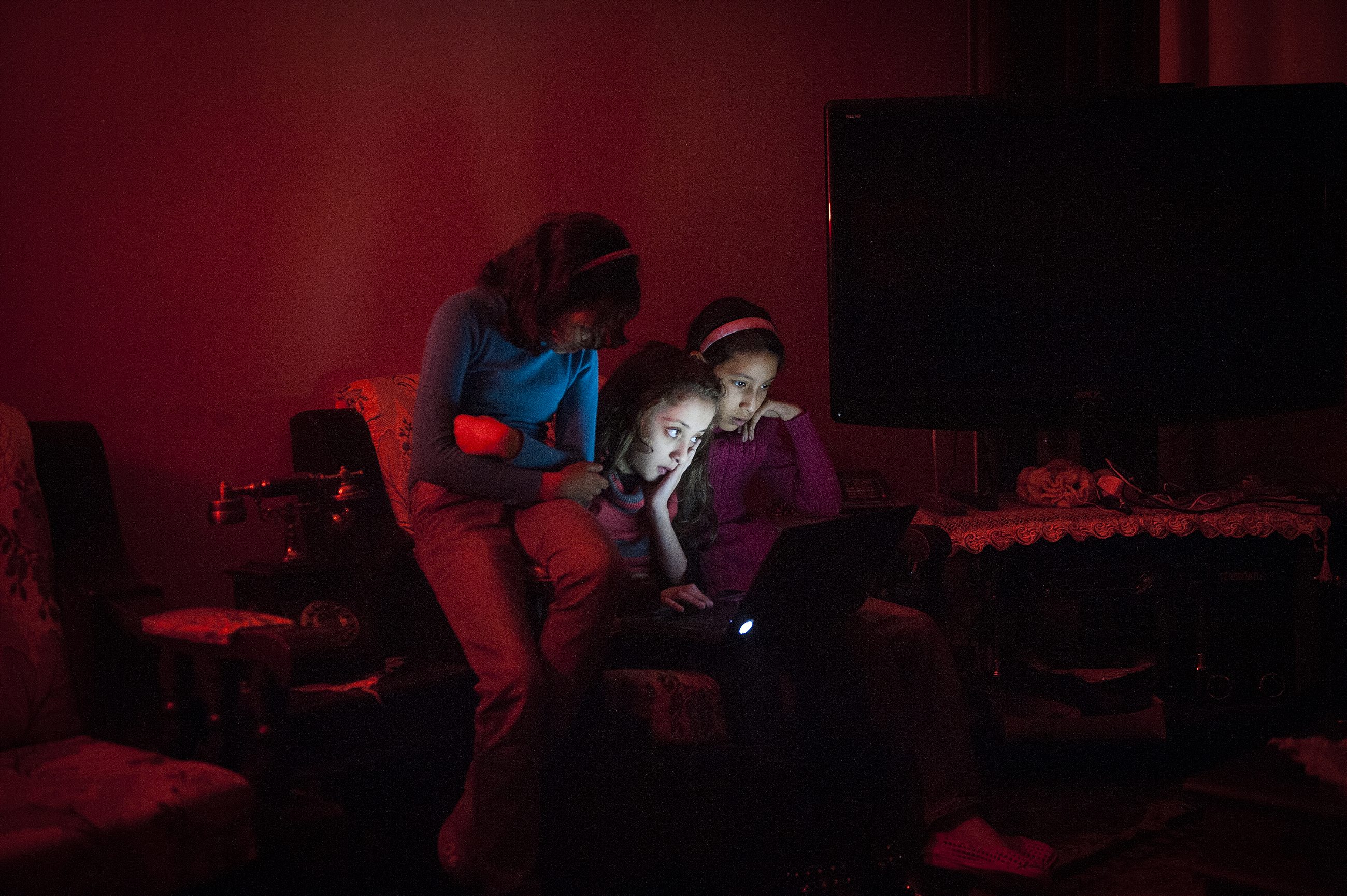
Emily Marinoff: When did you first start working in Gaza?
Monique Jaques: I originally went to Gaza as a journalist during the 2012 war. When I was there, I realized that there was so much about this place that wasn’t being shown in the media. If you google Gaza now you’ll only see photos of destruction and men, but that was not what I was seeing. I started asking people from Gaza if they felt represented in the media and the answer from women was almost always no. That’s why I started taking these pictures, which I continued to do for five years coming back and forth from Istanbul. It was important to keep going back because during wartime all these reporters come in and then they leave and there’s no one there. I decided to do the opposite.
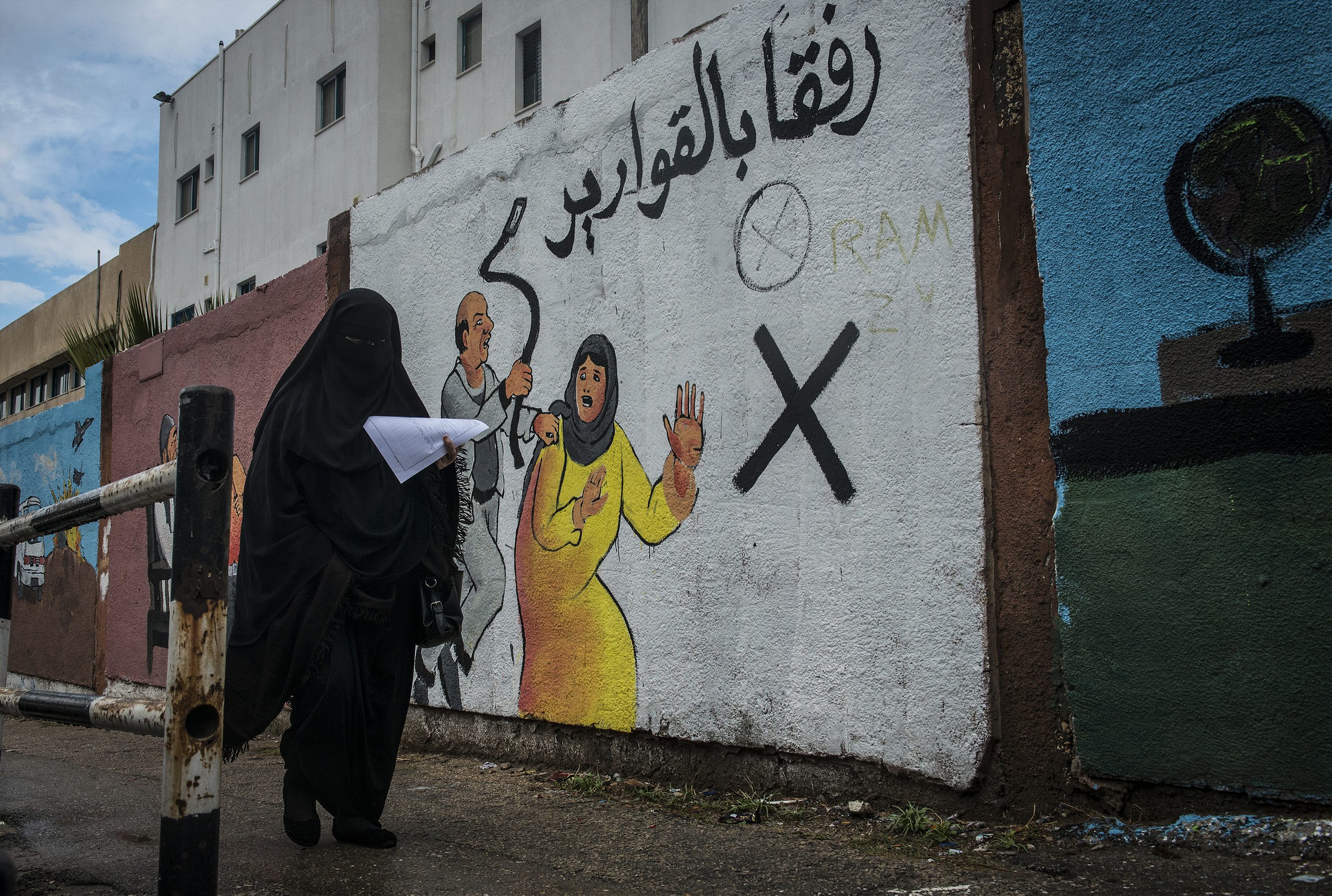
Marinoff: Who was the first woman you made a connection with there?
Jaques: During wars, anyone who speaks English gets dragged into serving as a translator for journalists. I worked with a woman who eventually became my good friend. Once while we were talking, it came up that she was divorced and I thought it was really interesting that she was independent and working, and she asked “Why don’t you stay so I can show you what this world is like?” So through that connection I was able to talk to people from different networks and get a fuller story.
Marinoff: Was it hard to gain the women’s trust as a foreigner?
Jaques: Not at all. Everyone was so excited to meet me because they don’t meet a lot of people. When journalists do come in, most are male, so they end up talking to men. When I explained the project to women, they would ask “Why are you interested in me? I’m not that interesting,” because they’re so used to being in the background. Eventually they understood because there’s a certain amount of power in saying to a girl “I see you. Your story is really powerful.”

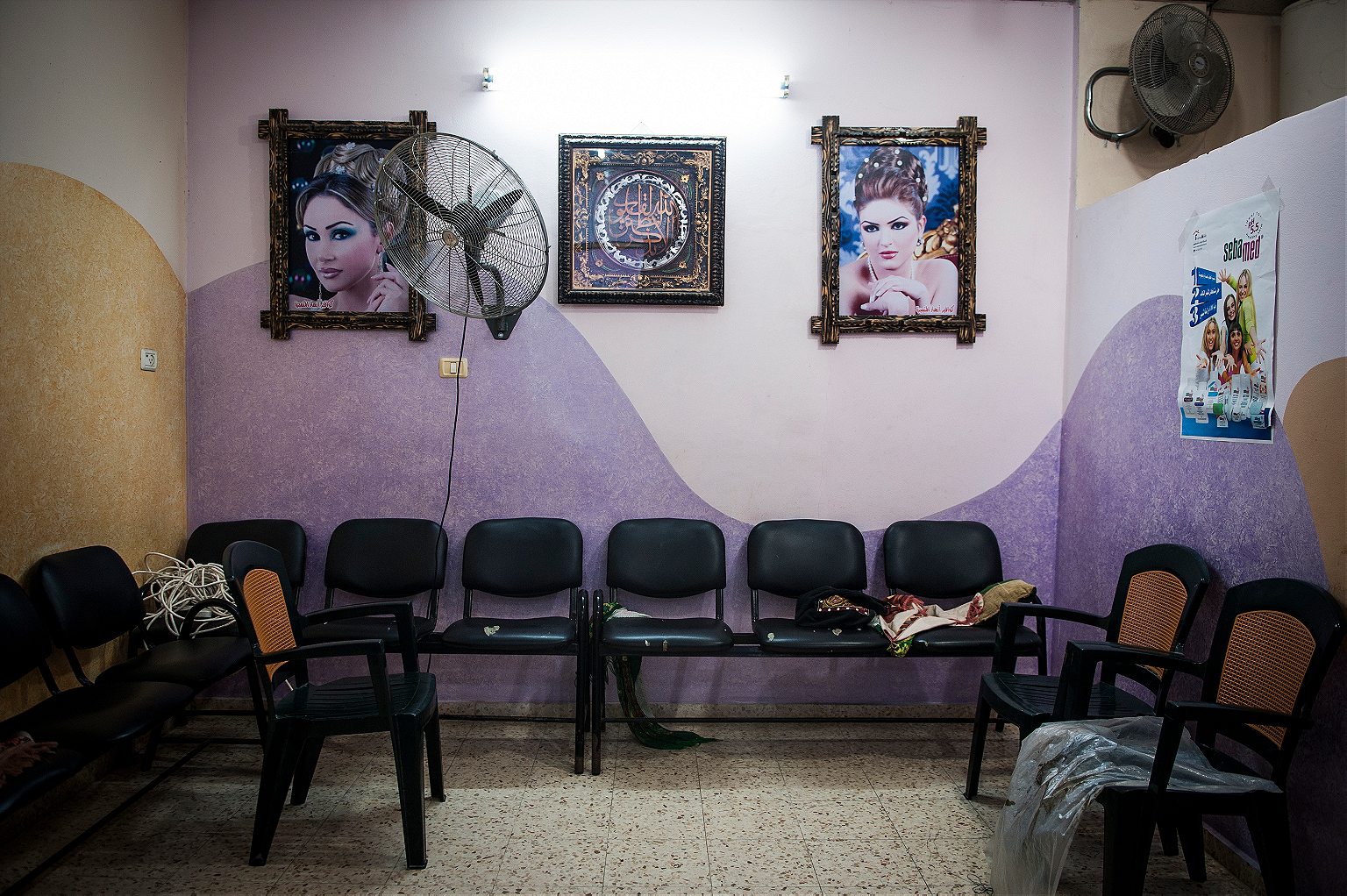
Marinoff: Can you describe what it’s like to be in Gaza?
Jaques: It’s a 45 square-mile place that’s very controlled. The only people who can come in are journalists and aid workers and very few people come out. Something as simple as asthma medication is difficult to get. This could make for a very bleak existence.
Marinoff: How do those conditions affect how the girls understand womanhood?
Jaques: Girls are so susceptible to the way other people think about them, especially in a place like Gaza, that’s so small. Often, girls live in a room with their family so it’s a very tight, controlling place. Then there are invisible limitations, like the fact that Gaza is a conservative Muslim society. It makes the journey to womanhood very difficult. You don’t have a lot of freedom to make mistakes.
I think these conditions make the girls in this book a lot more interesting, because they’re so resilient. They want to work and learn. I met girls who would just keep going back to school because they don’t know what else to do.

Marinoff: Do you have a favorite memory from your interactions with the girls?
Jaques: There are lots of little moments. I went to a graduation for female engineers which was exciting because even in Western culture you don’t see many female engineers. They were so excited and had all these really wonderful plans about what they were going to do.
A friend of mine who is Palestinian told me that a picture of a family in their living room was her favorite photo from the series. When I asked her why, she said it was because it reminds her of her family. It’s just a photo of people laughing in a room, and it reminded her of being home and going about her daily life with her family. It’s just this wonderful kind of thing that we forget happens in a place like Gaza. There’s still joy woven into everyday moments.
Marinoff: When did you decide to turn these photographs into a book?
Jaques: About three years into the project, I realized that there was such a vast amount of work created and I wanted it to be in one place. By working with my friend, book designer Bonnie Briant, I realized I wanted the book to be something small and very intimate that you can hold close to you. Like a diary.
I got all the girls that I worked with to keep diaries and put some in a section in the back of the book with both an English and Arabic component. So much of Gaza’s history is oral history, so the spoken word is really powerful there. It was really important to make sure that the girls felt in control of their own story and to do that I made sure that none of my words are in this book. My pictures are loud enough.
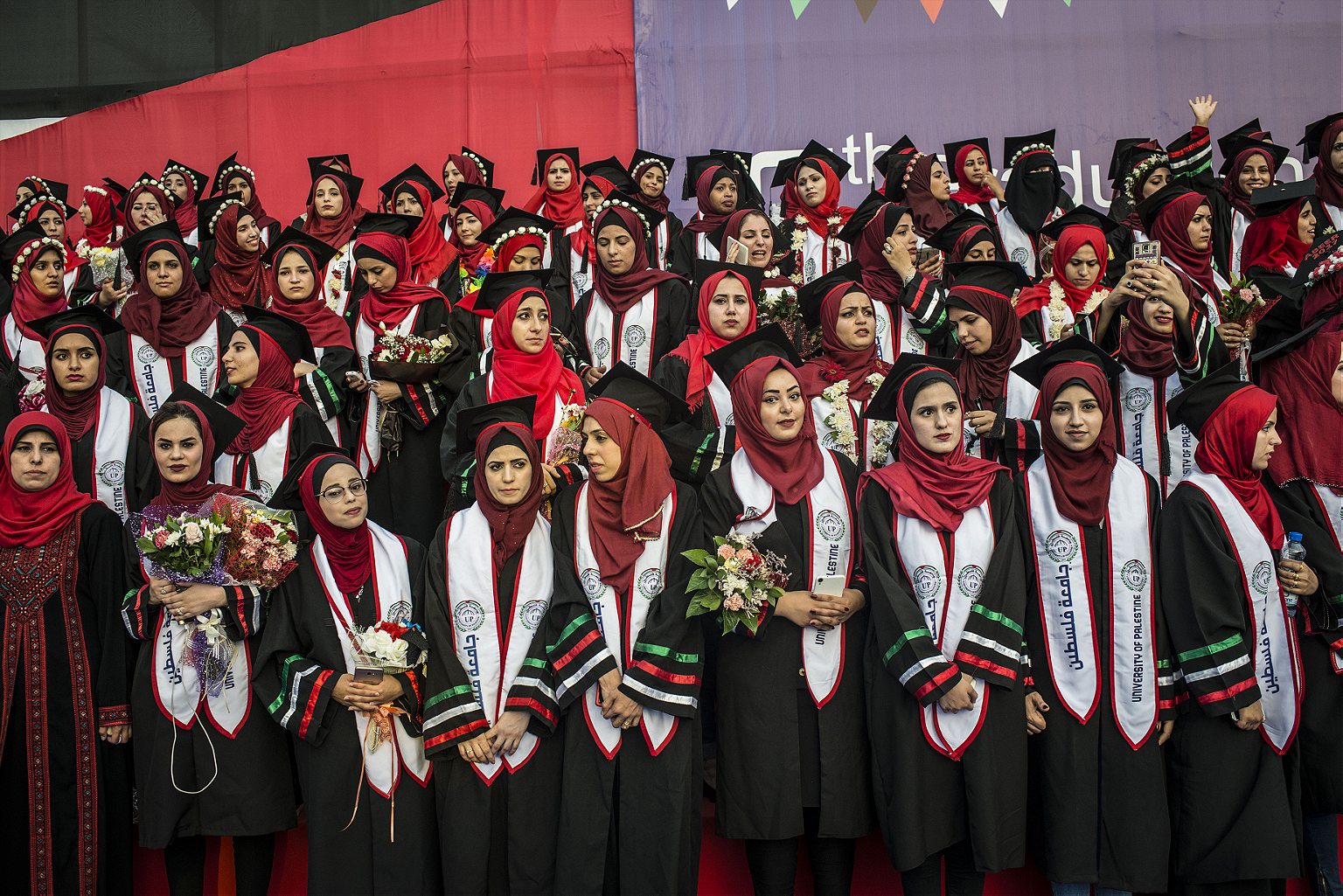
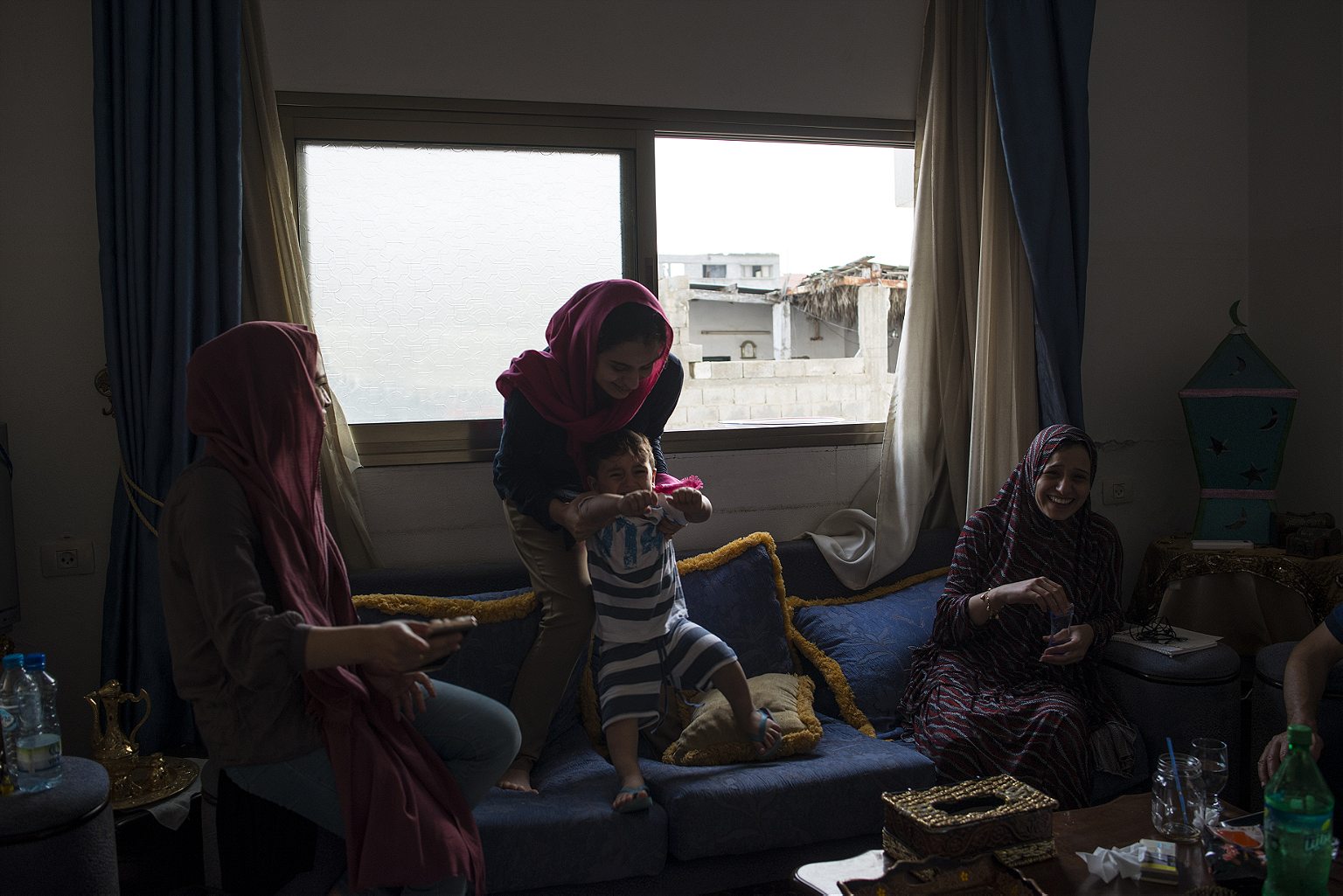
Marinoff: Since the book was released have you seen it having the effect on audiences that you intended?
Jaques: Yes and no. The problem with photo books is that they’re expensive and don’t reach as many people. Because of that, I am working with a friend to create education components that we could take to schools. Kids respond well to photographs, and I think working this into a curriculum could be really powerful.
This conversation has been edited and condensed.






